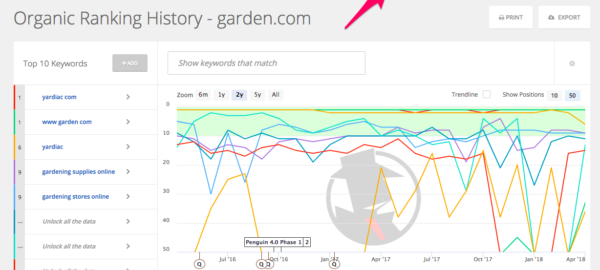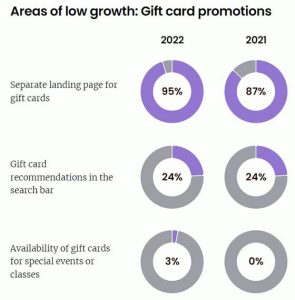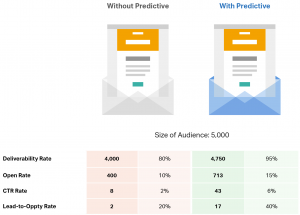— May 24, 2018
For some local, brick-and-mortar shop owners, the idea of search engine optimization (SEO) can be daunting. Although tempting to ignore the proverbial Mount Everest that is optimizing your online presence, it is super important for local businesses to appear in search results.
ComScore discovered that almost 75% of local searches on mobile devices resulted in an in-store purchase. Just like traditional SEO, local SEO must start with a solid keyword strategy.
In this article, we will explain how to find keywords that are tailored to your site and your local audience so you can boost your business!
Keyword Discovery for Local Businesses
Keyword discovery starts with finding the keywords people are already using to find your site, local SEO or not. You can use Google Search Console’s Search Analytics report and filter the data by queries.
Once you’ve filtered the data, you can add in the columns for impressions, click through rate (CTR) and position so you can find your top keywords.

Google Search Console’s Search Analytics shows important metrics for your keywords
This list of keywords probably won’t be the ones you end up targeting. This step is just to answer the question “what type of business do you own?”. If you own a gardening shop in New York City, for example, your list of topics might look like this:
- Gardening
- Gardening tools
- Home garden
- Gardening services
- Landscaping
Once you have this list of topics, you can generate keywords for each. These are the keywords people are actually typing into search engines to find your website.
Start with one of the topics on your list and brainstorm some keyword ideas. If you were looking for your business, what would you type into Google? This is where you can start including the local aspect of your local keyword research.
The obvious next step would be to include the geographical areas you are targeting. So, for our gardening shop example, your starting list of keywords might look like:
- Gardening New York City
- Gardening Manhattan
- Gardening Tribeca
- Gardening Lower Manhattan
- Gardening downtown NYC
If you are having problems deciphering exactly where your audience is located, look at your analytics. In Google Analytics, select “Location”. You can click on your country and state, then set your primary dimension to “City” or “Metro” depending on your business size.
The number of keywords you choose is really dependent on your business size, as well. If you have a tiny business with a small service area, you will target fewer keywords than a large business with multiple locations.
Expand Your Keyword List
There are a few places to check if you are looking to expand your keyword list. There are some excellent free keyword tools out there if you are a small business and don’t have the budget for a paid service.
You can also do some research with Google Adword’s Keyword Planner to search for the local keywords from the list you already came up with. You can enter multiple keywords with a comma or upload them as a .csv file.
Then, click Ad Group ideas for more ideas – note: you will need a free AdWords account to complete this step.
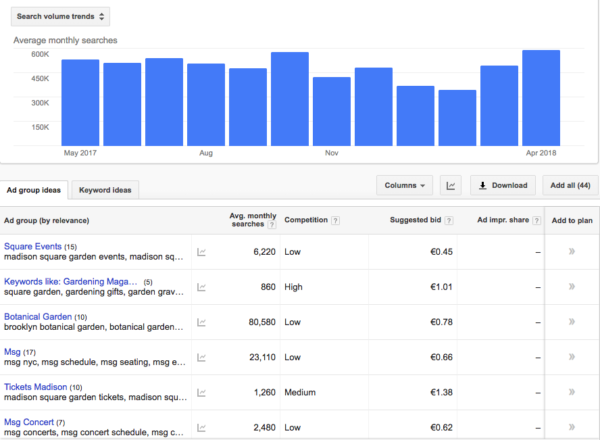
Ad Group will help you generate more keywords for your target audience
Seasonality can often impact your traffic, so take a look at the search volume trends graph at the top of the page. By looking at our graph, when would it make the most sense to start a seasonal campaign for our fictional garden shop in Manhattan?
Now, Refine Your List
If you have followed the instructions above, you should have a substantial keyword list. You shouldn’t target all of the keywords you have identified; some of them might not even generate enough traffic to be worth the effort.
Local search volumes tend to be quite low anyway, so it’s important to trim your list down to the keywords with the most potential for your business. A good SEO audit tool with a Keyword tracker should be able to tell you the full monthly search volume at the country level.
You can also enter your target keywords in Google’s Keyword Planner to see average search volume and competitiveness. Note that Google suppresses data in Keyword Planner for advertisers that aren’t spending a certain amount monthly.
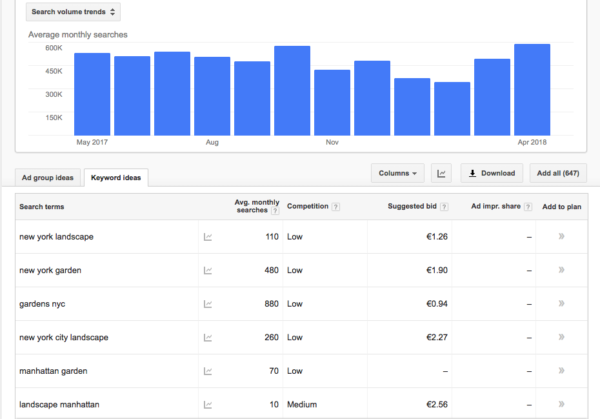
Keyword Planner shows average search volume and competitiveness
Keyword Planner will give you an advantage over related businesses by giving you the competitiveness and suggested bid for each of your keywords. Although intended for paid advertising, the information can be useful for organic search, too.
Consider this: highly competitive keywords or those with expensive suggested bids are obviously going to be regarded as more valuable. Advertisers aren’t going to spend money to bid on useless, non-converting keywords.
There is a catch, though. These keyword with high bids and competitiveness are generally super difficult to rank for.
Since we are focusing on local businesses, know that you can target your results by city, metropolitan area, county, state/province or country. Our fake garden shop can target either all of Manhattan or even just Tribeca.
If you want to trim your keyword list even further, you can throw some money behind a small paid campaign on Google and Bing to determine a keyword’s monetary value. Select “exact match” for your keywords and set the most relevant pages as landing pages.
Once you’ve generated some decent traffic to your pages, divide the total number of visitors by the revenue generated for each selected keyword. Let’s say “gardening Tribeca” brings in 200 visitors that results in $ 5,000 in revenue, that keyword is worth $ 25 per person. However, if “gardening lower Manhattan” brings in 400 visitors and $ 12,000 in revenue, we know this keyword is worth $ 30 per person. It makes more sense to optimize for gardening Tribeca to increase your more profitable traffic. Use these paid campaigns to eliminate keywords that aren’t valuable or don’t convert.
Evaluate Your Competition
Now that you have a well-defined and strategic keyword list, it’s time to take a look at your competition and scope out any gaps in the market that you can fill. Search for your most valuable keywords using Adword’s Ad Preview and Diagnosis tool. This prevents your search history and location from skewing your results, and you will be able to see the real first page of search results for the location you’re targeting.
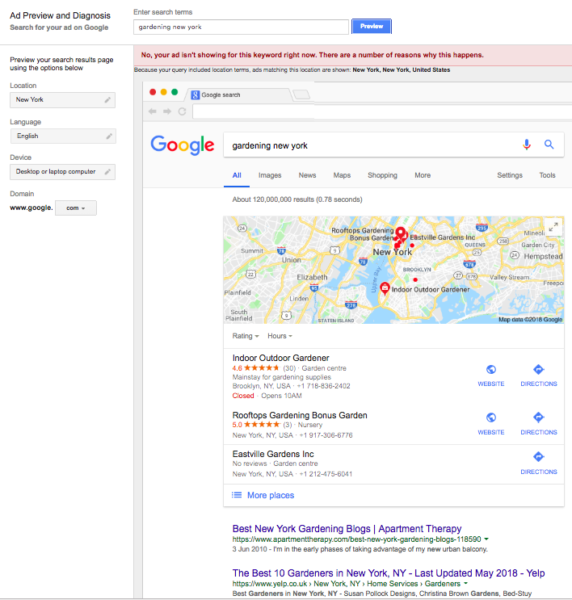
Ad Preview and Diagnosis allows you to see a neutral view of the first page of search results
Take a closer look at the top results, mainly at their title tags and meta descriptions. Once on their site, look at their blog categories, topics or product category names – these are the keywords they are most likely targeting to score those top search results.
Tools like SpyFu or KeywordSpy can help you search for domains or keyword competition if you want to go even more in-depth. SpyFu can also be used for competitor research by clicking on Ranking History, which will reveal their top keywords.
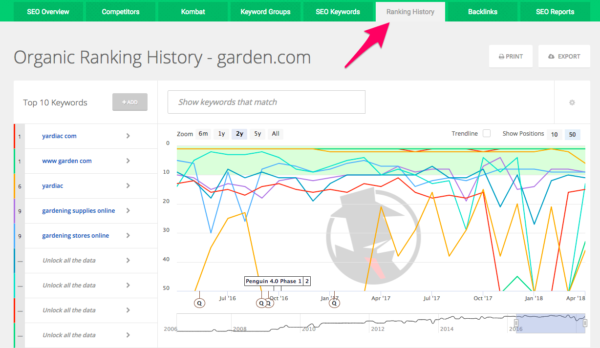
Ranking History tab from SpyFu allows you to track your competition
You can also see your own domain to see what keywords you are competing for and certain keywords’ ranking difficulty.
Conclusion
For the local business owner that has a million other marketing tasks to worry about, local SEO can seem like too much effort. However, if you set up your website with these strategies already in mind, you will be miles ahead of your local competition.
Just start with the simple idea of optimizing your keywords to increase visibility with your local target audience. After you have decided how and why these local searchers are finding you, you can easily build your website from there.
Digital & Social Articles on Business 2 Community
(42)
